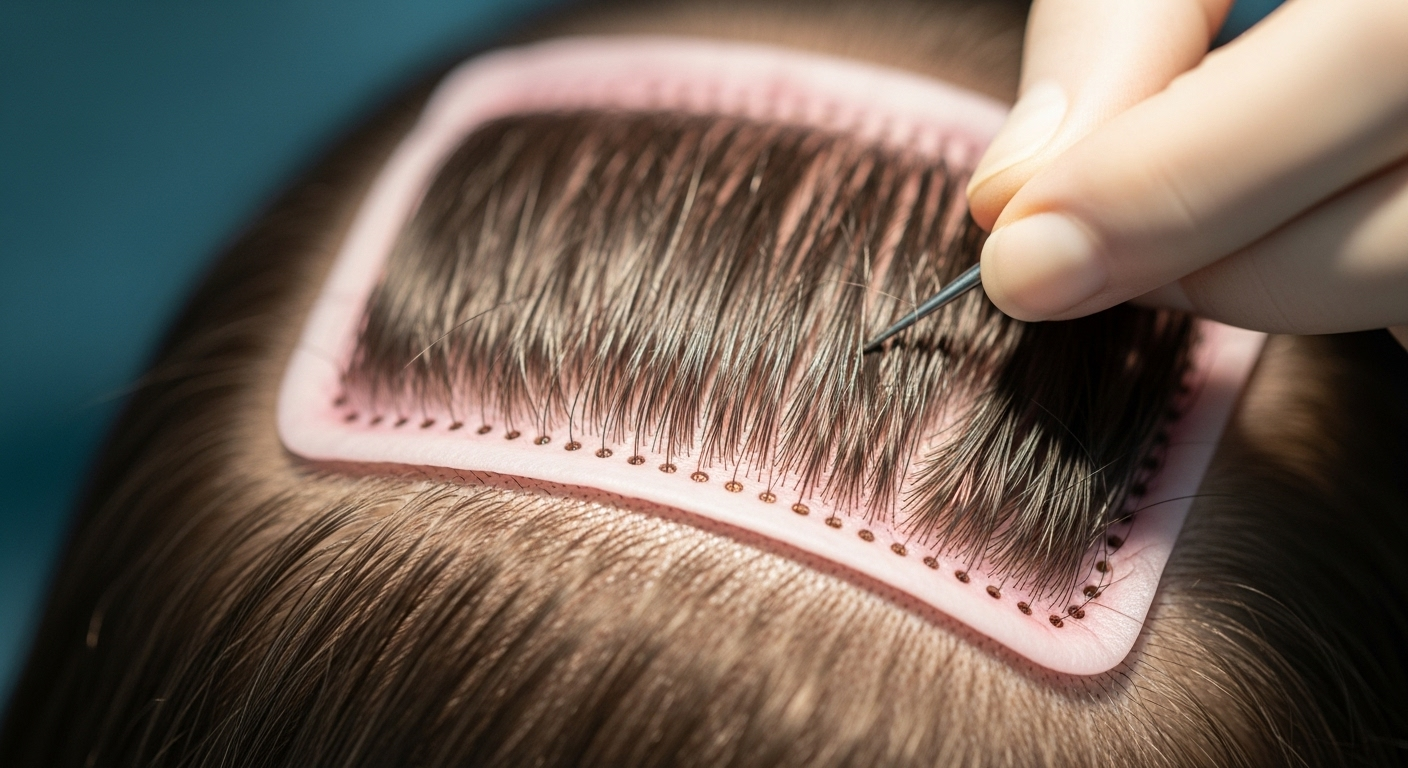Understanding Hair Loss Solutions: Methods, Costs, and Trends
Hair loss affects millions of people worldwide, impacting confidence and self-image. With advancements in surgical techniques and technology, more individuals are exploring permanent restoration options. This article examines the procedures available, the costs involved, emerging trends, and what prospective patients should consider before committing to treatment.

Experiencing thinning hair or receding hairlines can be distressing, prompting many to seek effective solutions. While temporary options such as wigs and topical treatments exist, surgical restoration provides a permanent alternative for restoring natural hair growth. Modern techniques have improved success rates and reduced recovery times, making these procedures more accessible than ever. Understanding the process, costs, and available options helps individuals make informed decisions about their hair restoration journey.
Understanding Hair Loss: Options and Insights for 2025
Hair loss can result from genetics, hormonal changes, medical conditions, stress, or aging. Male and female pattern baldness remains the most common cause, affecting a significant portion of the adult population. Before considering surgical intervention, it is essential to identify the underlying cause through consultation with a qualified specialist. Non-surgical options include medications like minoxidil and finasteride, low-level laser therapy, and platelet-rich plasma treatments. However, these methods often require ongoing use and may not deliver the same lasting results as surgical intervention. Surgical restoration becomes a viable option when individuals seek permanent solutions and have sufficient donor hair available for grafting.
Hair Restoration in 2025: Treatments and Trends
The two primary surgical methods are Follicular Unit Transplantation (FUT) and Follicular Unit Extraction (FUE). FUT involves removing a strip of scalp from the donor area, typically the back of the head, and dissecting it into individual follicular units for implantation. This method can transplant a large number of grafts in one session but leaves a linear scar. FUE, by contrast, extracts individual follicles directly from the donor area using a specialized punch tool, resulting in minimal scarring and faster recovery. A newer variation, Direct Hair Implantation (DHI), uses a pen-like device to implant follicles immediately after extraction, offering greater precision and control. Robotic-assisted FUE has also gained traction, utilizing artificial intelligence to identify and extract optimal grafts with enhanced accuracy. These advancements have improved graft survival rates and overall aesthetic outcomes.
The Future of Hair Loss Solutions: What to Expect
Emerging technologies and research continue to shape the future of hair restoration. Stem cell therapy and hair cloning are under investigation, promising the potential to regenerate hair follicles without the need for donor harvesting. While these treatments remain largely experimental, they represent exciting possibilities for individuals with limited donor hair. Meanwhile, improvements in post-operative care, including specialized shampoos, growth factors, and laser therapy, enhance healing and promote healthier hair growth. Telemedicine has also expanded access to consultations, allowing patients to connect with specialists remotely before committing to in-person procedures. As techniques become more refined and less invasive, surgical hair restoration is expected to become an even more routine and accessible option for those seeking permanent solutions.
Cost Considerations and Provider Comparisons
The cost of surgical hair restoration varies widely depending on the technique used, the number of grafts required, the clinic’s location, and the surgeon’s experience. In the United Kingdom, prices typically range from £1,000 to £15,000 or more, with FUE generally costing more than FUT due to the labor-intensive nature of the procedure. Patients should obtain detailed quotes that include pre-operative consultations, the procedure itself, and post-operative care. Below is a comparison of estimated costs from reputable providers.
| Provider | Procedure Type | Estimated Cost Range |
|---|---|---|
| The Private Clinic | FUE | £3,000 - £8,000 |
| Crown Clinic | FUE / FUT | £2,500 - £7,000 |
| KSL Clinic | FUE | £3,500 - £9,000 |
| The Maitland Clinic | FUE / DHI | £4,000 - £10,000 |
| Harley Street Hair Clinic | FUE | £3,000 - £12,000 |
Prices, rates, or cost estimates mentioned in this article are based on the latest available information but may change over time. Independent research is advised before making financial decisions.
Choosing the Right Clinic and Surgeon
Selecting a qualified and experienced surgeon is crucial for achieving natural-looking results and minimizing complications. Prospective patients should verify that the surgeon is registered with the General Medical Council and holds relevant certifications in hair restoration surgery. Reviewing before-and-after photos, reading patient testimonials, and scheduling in-person consultations help assess the clinic’s standards and the surgeon’s expertise. It is also important to discuss realistic expectations, potential risks, and the number of sessions required to achieve desired results. Clinics that offer transparent pricing, comprehensive aftercare, and clear communication throughout the process tend to provide better overall experiences. Avoid clinics that make exaggerated claims or pressure patients into immediate decisions.
Recovery and Long-Term Maintenance
Recovery from surgical hair restoration varies depending on the technique used. FUE patients typically experience less discomfort and can return to normal activities within a few days, while FUT may require a longer healing period due to the linear incision. Swelling, redness, and scabbing are common in the first week, but these symptoms subside with proper care. Transplanted hair often sheds within the first few weeks, a normal part of the process, with new growth appearing after three to four months. Full results are usually visible within 12 to 18 months. Long-term maintenance may include medications to prevent further hair loss and protect existing hair. Regular follow-ups with the surgeon ensure optimal healing and address any concerns that arise during recovery.
Surgical hair restoration offers a reliable and permanent solution for individuals seeking to restore their hairline and regain confidence. With advancements in techniques, technology, and aftercare, these procedures have become safer and more effective than ever. By understanding the available options, costs, and what to expect throughout the process, prospective patients can make informed decisions that align with their goals and circumstances. Consulting with qualified professionals and conducting thorough research remain essential steps in achieving successful and satisfying outcomes.
This article is for informational purposes only and should not be considered medical advice. Please consult a qualified healthcare professional for personalized guidance and treatment.



